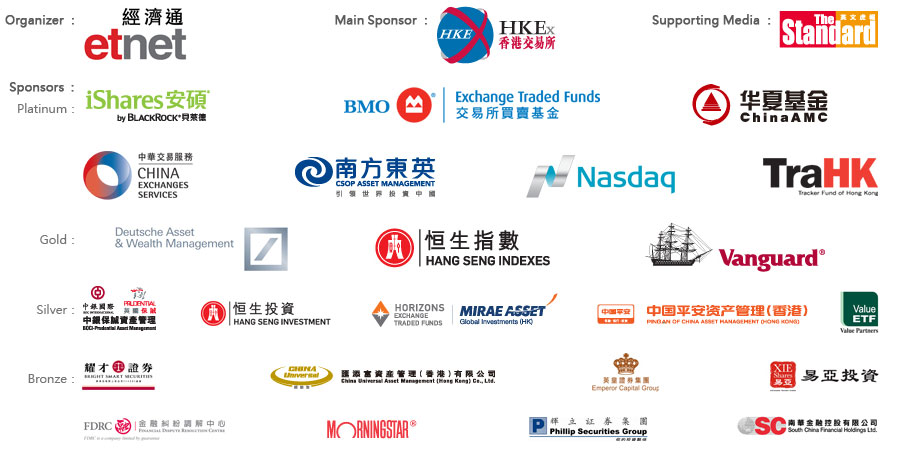ETFs Education
Introduction
Exchange Traded Funds (ETFs) are passively-managed and open-ended funds, which are traded on the securities market of Hong Kong Exchanges and Clearing Limited (HKEx). All listed ETFs are authorised by the Securities and Futures Commission (SFC) as collective investment schemes.
ETFs are designed to track the performance of their underlying benchmarks (e.g. an index, a commodity such as gold, etc) and offer investors an efficient way to obtain cost-effective exposure to a wide range of underlying market themes. Similar to other securities, investors can buy or sell ETFs through their brokers anytime during the securities market’s trading hours.
Types of ETFs
ETFs listed in Hong Kong can be broadly grouped into two types – Physical and Synthetic
- Physical ETFs directly buy all the assets needed to replicate the composition and weighting of their benchmark (e.g. constituents of a stock index). However, some only buy a portion of the assets needed to replicate the benchmark or assets which have a high degree of correlation with the underlying benchmark. Some physical ETFs with underlying equity-based indices may also invest partially in futures and options contracts.
- Synthetic ETFs do not buy the assets in their benchmark, but invest in financial derivative instruments to replicate the benchmark’s performance. The ETFs are required to have collateral when investing in derivatives. An ETF’s net risk exposure to any single counterparty cannot be more than 10% of its NAV. Details on collateral requirements should refer to the SFC’s press release.
There are also requirements for identification of synthetic ETF – A marker “X” is placed at the beginning of the English and Chinese stock short names of all synthetic ETFs listed on HKEx for easy identification and an asterisk with annotation (*This is a synthetic ETF) is placed right after the name of a synthetic ETF in offering documents and marketing materials. Details can be referred to the joint press release issued by the SFC and HKEx.
RQFII A-share ETFs
RQFII A-share ETFs are RMB-denominated physical A-share ETFs.
In April 2012, Mainland authorities approved the use of the RMB Qualified Foreign Institutional Investors (RQFII) quota by qualified Mainland fund management companies and securities companies to issue RMB-denominated ETFs tracking A-share indices (RQFII ETFs) for listing on the Exchange. Through the RQFII investment quota granted by Mainland authorities, an RQFII A-share ETF seeks to track the performance of an A-share index by channelling the RMB raised outside Mainland China to invest directly in a portfolio of A-shares.
Like other listed ETFs, all RQFII A-share ETFs must be authorized by the SFC and are traded on the Stock Exchange of Hong Kong (SEHK) like stocks. Investors are advised to read ETF prospectuses including the product key facts statement (Product KFS) in full to fully understand the nature, investment objective and strategy, key features, major risks and dividend policy of an RQFII A-share ETF.
ETF Market Perspective
ETF Market Perspective can provide monthly update on Hong Kong ETF market including:
- Monthly Highlights
- Underlying Market Distribution
- Average Daily Turnover and Market Capitalization
- Monthly Turnover and Market Capitalization Distribution
- Fund Inflow / Outflow
- Most Actively Traded ETFs
- 10 Best Performing ETFs
- 10 Worst Performing ETFs
For details, please refer to “ETF Market Perspective” under “Exchange Traded Funds” section of the HKEx website.
Like other investment products, investors should understand the level of risks and the product details. If investors require further information for investing in ETFs, they should refer to the prospectuses and the ETF issuer’s website. Investors should consult their brokers or other professional advisors prior to making any decision. For further details, please refer to http://www.hkex.com.hk/eng/prod/secprod/etf/etfmain.htm
The above information is provided by HKEx


